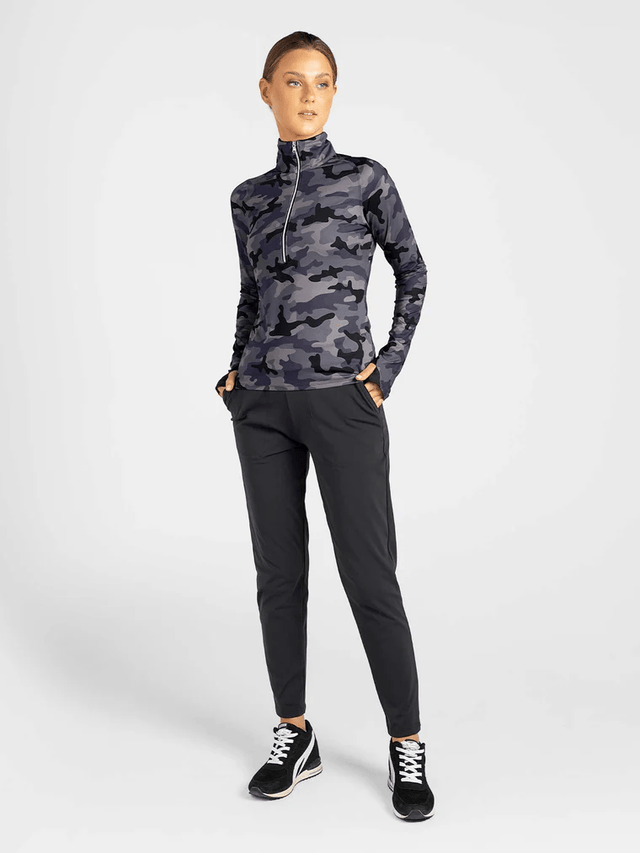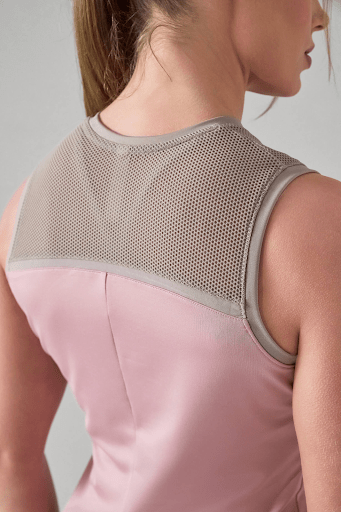Sustainable fabrics are reshaping the activewear industry, blending performance, comfort, and environmental responsibility. As more consumers seek eco-conscious clothing, understanding the types, benefits, and considerations of sustainable activewear fabrics has become essential. This guide explores sustainable materials, their properties, and how they contribute to a greener and more ethical fashion landscape.
What Are Sustainable Fabrics?
Sustainable fabrics are materials produced with minimal environmental impact, focusing on reducing resource consumption, pollution, and waste. These fabrics are often biodegradable, recyclable, or made from renewable resources. In the activewear sector, sustainability extends beyond material sourcing to include responsible production processes and long-lasting garment quality.
Key Characteristics of Sustainable Fabrics
Sustainable fabrics typically share several common traits:
-
Eco-friendly production: They use fewer chemicals, less water, and renewable energy sources.
-
Recyclability or biodegradability: Many sustainable fabrics can be repurposed or naturally decompose without harming the environment.
-
Durability: High-quality sustainable materials maintain performance and appearance over time, reducing the need for frequent replacements.
These characteristics make sustainable fabrics a practical choice for both athletes and environmentally conscious consumers.
Common Types of Sustainable Fabrics in Activewear
Several sustainable fabrics are now widely used in activewear, each with unique properties suited for fitness and lifestyle activities.
Organic Cotton
Organic cotton is grown without synthetic pesticides or fertilizers, reducing chemical runoff and soil degradation. In activewear, organic cotton is soft, breathable, and hypoallergenic, making it suitable for light to moderate workouts. Its environmental benefits include lower water consumption compared to conventional cotton and support for healthier ecosystems.
Recycled Polyester
Recycled polyester is often made from post-consumer plastic bottles or textile waste. It retains the moisture-wicking, durable, and stretchy properties of traditional polyester but reduces reliance on petroleum-based materials. Recycled polyester in activewear provides excellent support for high-intensity workouts while diverting waste from landfills.
Tencel (Lyocell)
Tencel, derived from sustainably sourced wood pulp, is a biodegradable and eco-friendly fabric. It is naturally breathable, moisture-absorbing, and soft against the skin. Tencel’s production uses a closed-loop system, minimizing chemical waste and water usage. Activewear made from Tencel offers comfort and performance without compromising sustainability.
Bamboo Fabric
Bamboo is fast-growing and requires minimal pesticides and water, making it a renewable resource. Bamboo fabric is soft, antibacterial, and moisture-wicking, ideal for yoga, Pilates, or low-impact workouts. Its biodegradability ensures a smaller environmental footprint when garments are discarded.
Recycled Nylon
Recycled nylon comes from discarded fishing nets, fabric scraps, and other waste materials. It provides the strength, elasticity, and durability of traditional nylon while reducing environmental harm. Activewear utilizing recycled nylon supports performance-intensive activities like running, cycling, or gym workouts while promoting circular fashion practices.
Benefits of Sustainable Fabrics in Activewear
Sustainable fabrics offer multiple advantages for both consumers and the planet.
Environmental Benefits
By choosing fabrics like organic cotton, recycled polyester, and Tencel, activewear reduces water usage, chemical runoff, and greenhouse gas emissions. Sustainable materials also help minimize textile waste, contributing to a circular fashion economy.
Performance Benefits
Modern sustainable fabrics are engineered for athletic performance. Moisture-wicking, stretch, breathability, and quick-drying properties are common, ensuring that eco-friendly activewear does not compromise comfort or functionality.
Health Benefits
Sustainable fabrics often avoid harmful chemicals used in conventional textile production. This reduces the risk of skin irritation and exposure to toxins, making activewear safer for prolonged contact during exercise.
Considerations When Choosing Sustainable Activewear
When selecting sustainable activewear, it’s important to evaluate fabric type, durability, and ethical production practices.
Fabric Composition and Blend
Understanding the composition of sustainable fabrics can influence performance and comfort. Blends like organic cotton and recycled polyester combine softness with stretch and moisture management. Reading labels and product descriptions helps make informed choices.
Longevity and Care
Sustainable activewear should be durable and designed for repeated use. Proper care—such as washing in cold water, avoiding harsh detergents, and air drying—extends the life of garments and maximizes their environmental benefits.
Certification and Transparency
Transparency from brands regarding sourcing and production helps consumers make conscious decisions. These labels ensure that the fabrics meet stringent environmental and social responsibility criteria.
The Role of Consumers in Supporting Sustainable Activewear
Consumer choices directly influence the fashion industry’s sustainability trajectory. By prioritizing eco-friendly fabrics, ethical production, and durable garments, consumers encourage brands to adopt responsible practices. Awareness of product lifecycle, from sourcing to disposal, empowers individuals to make meaningful contributions to environmental preservation.
Tips for Eco-Conscious Activewear Choices
- Opt for high-quality garments to reduce frequent replacements.
- Choose fabrics with credible certifications for environmental and social standards.
- Consider recycled or upcycled materials for reduced environmental impact.
- Follow care instructions to maintain longevity and reduce waste.
Challenges in Sustainable Activewear
Despite progress, sustainable activewear faces challenges including:
-
Higher production costs: Sustainable fabrics and ethical manufacturing can increase production expenses.
-
Limited availability: Certain high-performance eco-friendly materials may not be as widely accessible.
-
Consumer awareness: Many shoppers are still unfamiliar with sustainable fabric options and certifications.
Addressing these challenges requires continued innovation, education, and collaboration between brands, suppliers, and consumers.
Future of Sustainable Fabrics in Activewear
The future of sustainable activewear points to a more circular and technologically advanced industry. With growing awareness, innovation in biodegradable and bio-based textiles, and stronger regulations on environmental responsibility, inPhorm NYC reflects this evolution, showing how sustainable fabrics are likely to become mainstream in fitness and lifestyle apparel. Activewear that balances performance, style, and environmental responsibility will increasingly define modern athletic wardrobes.
FREQUENTLY ASKED QUESTIONS
Yes, many sustainable fabrics, including recycled polyester and nylon, are engineered for durability, elasticity, and long-term use, making them suitable for activewear.
Focus on fabrics made from recycled, organic, or renewable sources, and review the production processes and recycling practices for transparency and responsibility.
Absolutely. Modern sustainable fabrics are designed to offer performance features such as moisture-wicking, stretch, and breathability comparable to conventional activewear.
Sustainable fabrics often last longer with gentle care, including cold water washing, air drying, and avoiding harsh detergents. This preserves both performance and environmental benefits.
Biodegradable fabrics like Tencel and bamboo work well for low-impact activities, while recycled polyester or nylon blends suit high-intensity workouts.
More stories

The Importance of UV Protection in Golf Apparel


